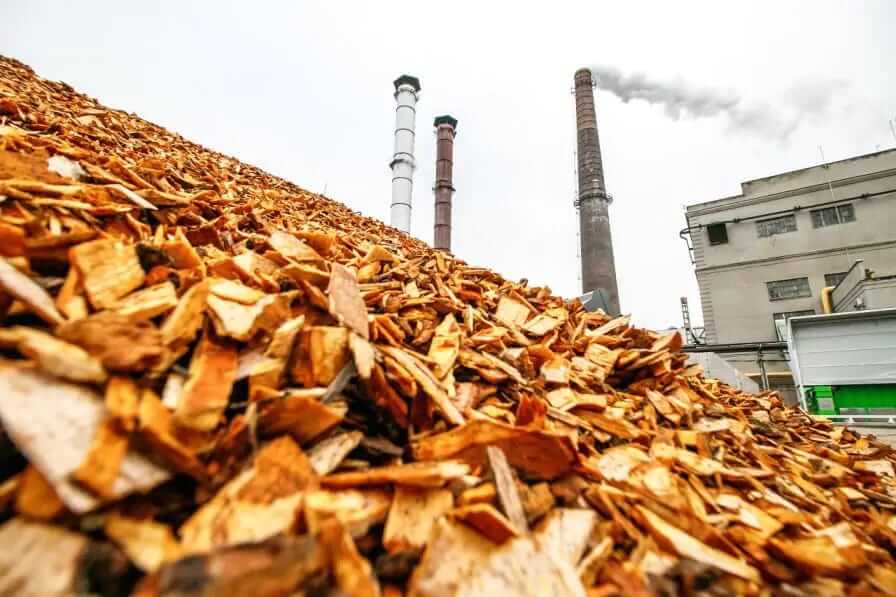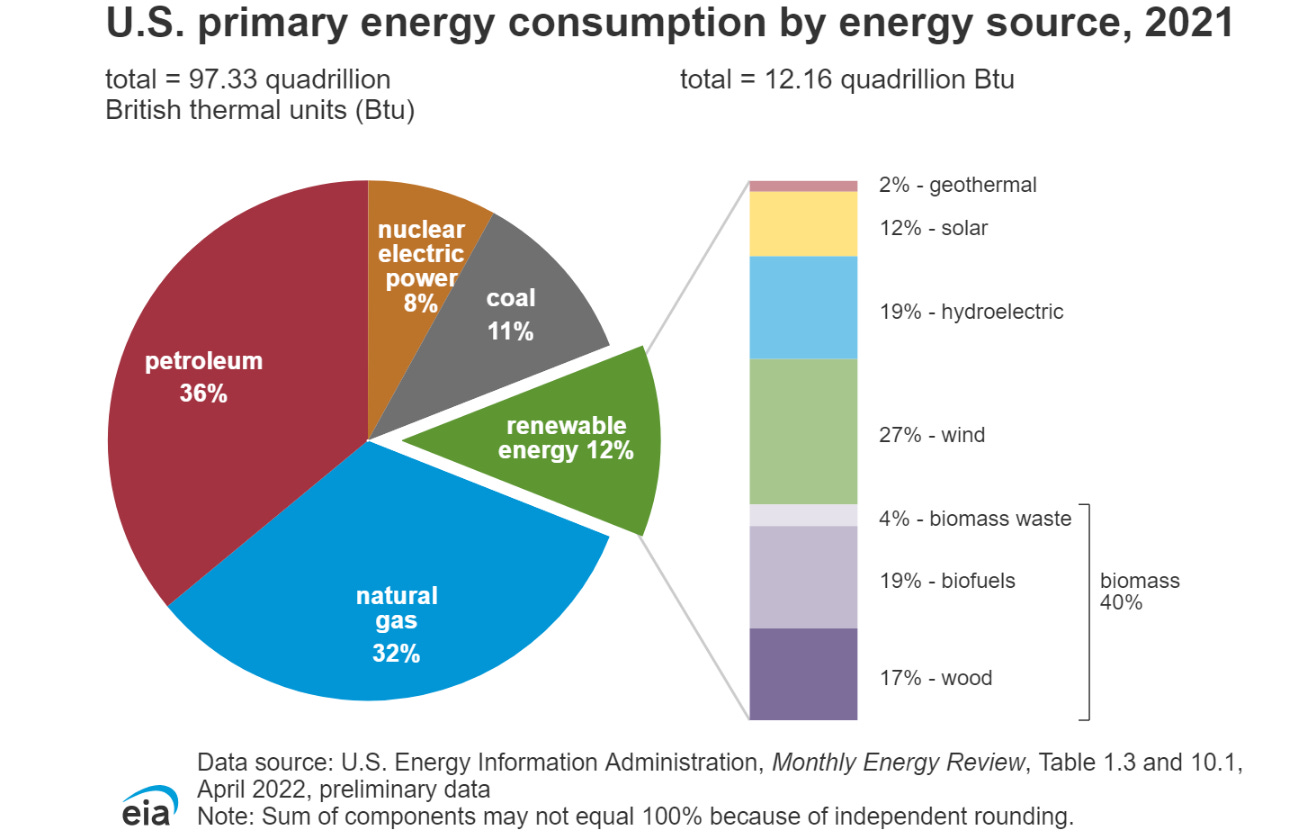Author: The Kernel, and Kiersten Sundell

Here’s a riddle for you: what emits boatloads of carbon, destroys forests ecosystems, and is still called renewable energy?
Did you guess it? We’re talking about the world’s first ever human energy source – biomass.
Biomass energy is produced when we burn natural material like trees and brush, garbage, or farm waste like manure and grain. The process is as simple as you can imagine. The chosen material is first reduced to smaller pieces to increase its burning efficiency, and then is lit on fire. This fire heats water, which producs steam, and this steam goes on to drive a turbine, which is connected to a generator. The spinning generator then converts this mechanical energy into electricity.
A lot of municipalities still love biomass, because it can theoretically solve two problems at once: getting rid of our waste products, and making energy. Countries like Japan and Denmark actually get rid of 60-75% of their trash with biomass. Denmark has a famous biomass facility in the middle of Copenhagen that doubles as an artificial ski slope, which sources call “100% clean energy,” although it produces 500,000 tons of CO2 per year… so not exactly clean. And the thing is, most biomass facilities aren’t burning trash – they’re burning trees.
And when we burn a tree, all of the carbon it’s been sucking out of the air for its entire lifetime gets pumped right back into the atmosphere.
In the U.S. Southeast, forests are being clear cut at a rate that is four times higher than deforestation in the Amazon to supply biomass facilities. This is 6.6 million tons of forest cut down every year. The industry claims that they are simply pelletizing waste wood, however this study shows that the overwhelming majority, about 84%, comes from larger diameter whole trees. They are pelletizing trees that could otherwise be used as lumber for building – a great way to sequester CO2.

While the U.S. only gets about 5% of its energy from biomass, countries like the UK, Denmark, the Netherlands, South Korea, and Japan classify it as carbon-neutral energy, and are expanding it to support climate change mitigation. And these biomass facilities are having to import burnable fuel from overseas to support their hungry biomass incinerators, meaning even more emissions from transport.
Biomass isn’t perfect, but some people think it’s a great solution to a global waste crisis. What do you think?


